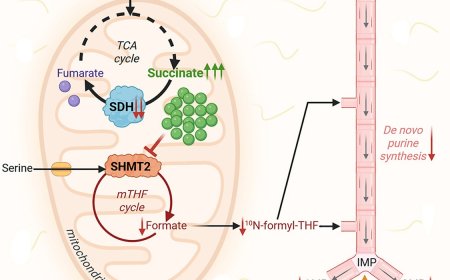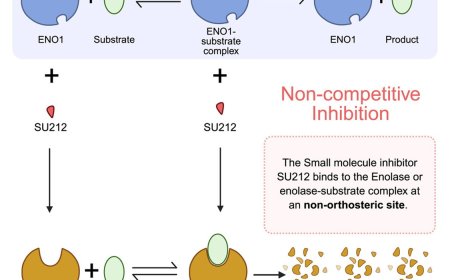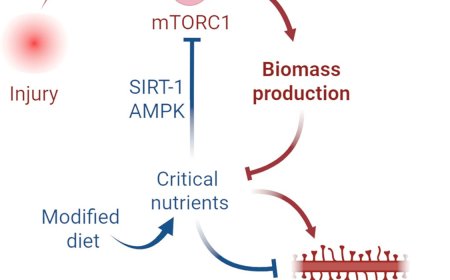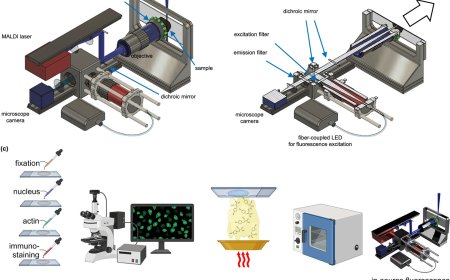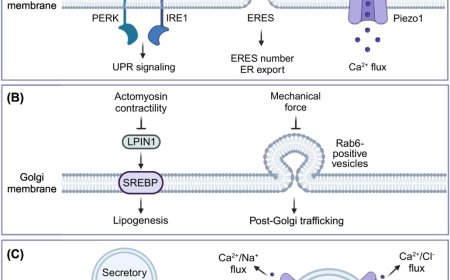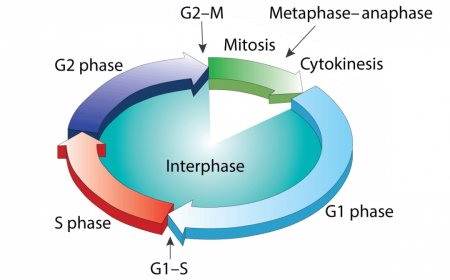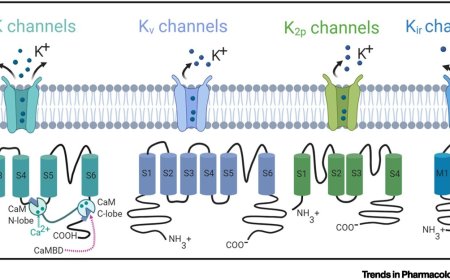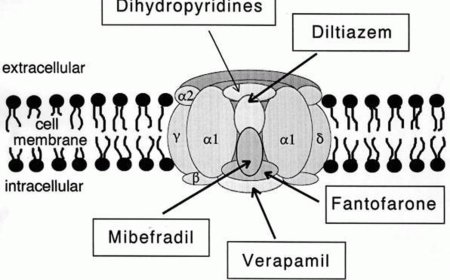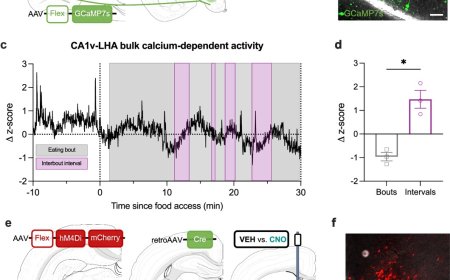Recycling in middle age may be critical for brain health
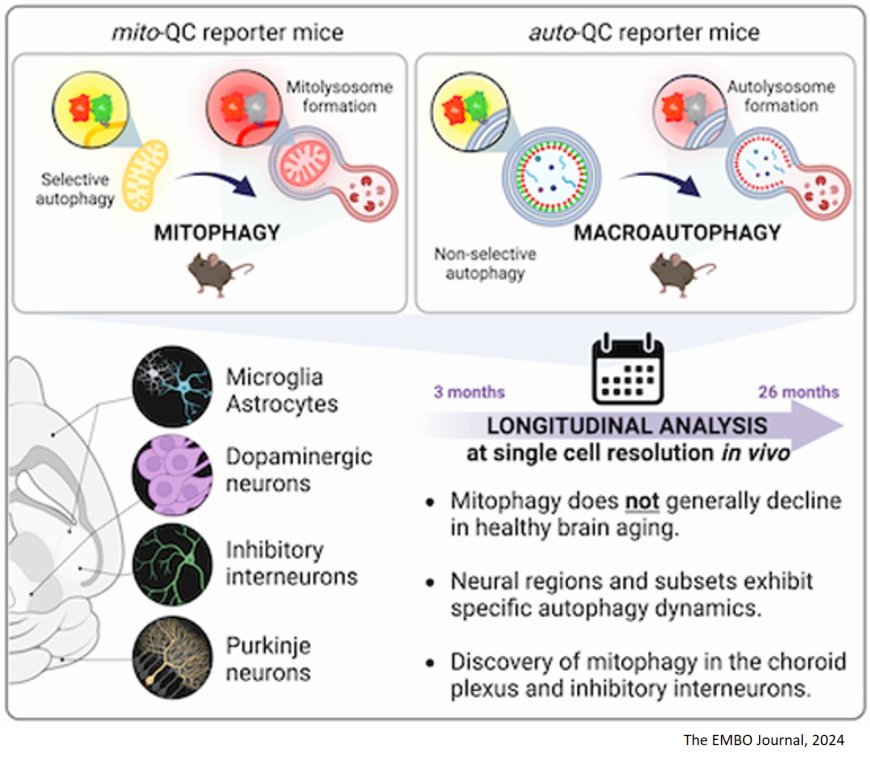
Mitochondria, the powerhouses of our cells, play an essential role in maintaining cellular health. When damaged, they are removed through a recycling process called mitophagy, which is crucial for the function of long-lived cells, especially in the brain. Impaired mitophagy has been strongly associated with neurodegenerative disorders like Alzheimer’s and Parkinson’s disease, making it a critical focus for drug discovery and therapeutic innovation.
New research reveals a changing and unexpected landscape of mitophagy across in different brain cell types during the aging process. For example, mitophagy levels increased in a specialized mouse brain region responsible for movement as the animals aged, while in memory-related brain cells, mitophagy first rose and then sharply declined in old age. These findings identify midlife as a key inflection point for healthy brain aging, offering novel insights into the molecular mechanisms that sustain mammalian brain function.
Another key finding of the study was that some lysosomes, the structures responsible for breaking down cellular waste, lose acidity as the brain ages. This exciting observation parallels changes observed in Alzheimer’s disease models, suggesting that the processes seen in normal aging might be exacerbated in the development of neurodegenerative conditions. The results challenge previous assumptions that mitophagy simply decreases with age across all species, showing that in longer-lived mammals, this special recycling process is much more dynamic and complex.
Previous studies, often using short-lived models like yeast and worms, suggested that mitophagy levels decline over a lifetime, marking it as a hallmark of aging. However, studying this process in the aging mammalian brain has been challenging due to the complexity of brain tissue and the limitations of traditional research methods. Only recently have the tools needed to track mitophagy across different tissues and organs in mammals become available. The Lab employed cutting-edge tools in mouse genetics, optobiology, neuroscience, and advanced imaging to track mitophagy over time in different brain cell types. Their results highlight the importance of developing new perspectives when studying brain aging in longer-lived species, with midlife emerging as a critical period for preserving brain function.
The senior author of the study contextualized these findings:
“There is no doubt that mitophagy decreases in shorter-lived species. While we share important genes and mechanisms, the tissues of longer-lived mammals have evolved under distinct pressures to handle different challenges. Our work reveals that mitophagy is highly dynamic in the aging mouse brain and suggests midlife is a crucial period for mammalian brain health.”
The author added that while the field has made progress in understanding neurodegenerative diseases, the high failure rate of current therapies underscores the need for new approaches.
“There is still much to do, but we are excited by these new findings that reshape our understanding of brain aging. Together with our clinical collaborators, we are committed to advancing this research towards more human-centered applications. We hope our current results will give companies and translational researchers a valuable roadmap to help accelerate the development of new therapies for brain disease.”
https://www.embopress.org/doi/full/10.1038/s44318-024-00241-y
